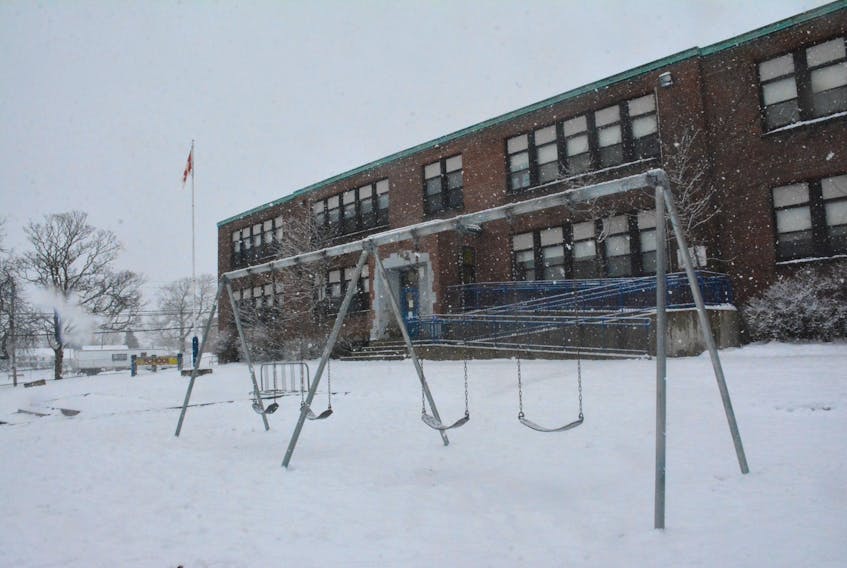SOUTHWESTERN, N.S. – To close or not to close – that is often the school closure question. But how is the decision made?
The Tri-County Regional Centre for Education recently explained how the process works when it comes to whether classes should be cancelled due to weather. In a write-up included in its December monthly newsletter, the TCRCE says school closures are determined after consideration of a series of factors.
The procedure begins – at a minimum – at 4 a.m. If a storm has been forecasted for days, a monitoring of the situation has likely been happening for days too.
Board staff access electronic forecasts from a professional source, which is held on retainer for the winter months by centres for education and the department of Education and Early Childhood Development.
“Forecasts are supplied in three-hour increments, showing speed, wind direction, precipitation type, rate, total, temperature, cloud cover and visibility (kms),” read the newsletter notice. “The current conditions in each county are researched, through live camera sources, Department of Transportation and Infrastructure Renewal, transportation staff, etc.”
The regional education centre says the type of precipitation – i.e. granular, dry or wet – is determined, which can fluctuate depending on temperature.
“As necessary, board staff travel the secondary roads for a first-hand evaluation,” the TCRCE said.
“Snow squalls cannot be accurately forecasted as they are not an actual weather system, but a condition caused by temperature of the ocean, wind direction and moisture,” it added.
After all of the data is collected, a recommendation is made to the regional education director (formerly the superintendent when the elected school board existed). The decision to cancel classes or remain open is then determined and subsequently announced through the news media, on the TCRCE website and on social media.
“All of this has to be done before 6 a.m. as many of bus drivers begin work before that time.”
If there is no announcement by 6 a.m., take it to mean that school is on.
One thing not mentioned in the TCRCE write-up is that school closures, or the lack thereof, are often a no-win situation. When the decision is announced – or not announced if school is a go – depending on the circumstances and the decision, it can be greeted with a multitude of responses (which also may depend on your age) that can range from joy, relief, surprise, no surprise or bewilderment.
There are times that school may be cancelled for the entire day but the bad weather that had been expected does not materialize, which also can leave people scratching their heads.
In the past, even the school board acknowledged that its decisions are never be met with 100 per cent agreement, particularly when they have to be made so early in the morning.
In 2015, when the Tri-County Regional School Board was in existence, the board conducted a public survey seeking feedback on its approaches to school closures, which included the option of a delayed start to the school day when the weather is bad early in the morning but may improve later on. Of those that responded to the survey, the delayed opening scenario received a very strong thumbs down.
READ ALSO: Students OK after Shelburne County school bus involved in collision with car
READ ALSO: CINDY DAY: How high is high enough to be blowing snow?









